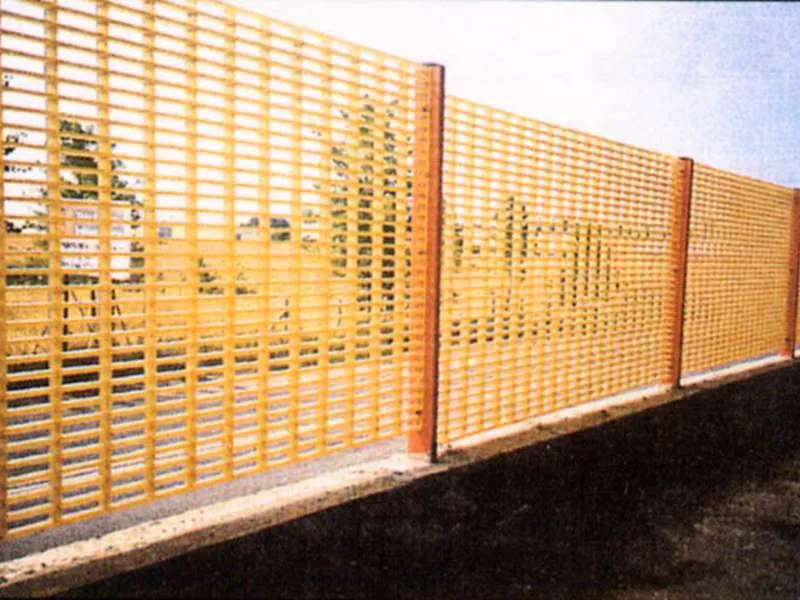
-
 Afrikaans
Afrikaans -
 Albanian
Albanian -
 Amharic
Amharic -
 Arabic
Arabic -
 Armenian
Armenian -
 Azerbaijani
Azerbaijani -
 Basque
Basque -
 Belarusian
Belarusian -
 Bengali
Bengali -
 Bosnian
Bosnian -
 Bulgarian
Bulgarian -
 Catalan
Catalan -
 Cebuano
Cebuano -
 China
China -
 China (Taiwan)
China (Taiwan) -
 Corsican
Corsican -
 Croatian
Croatian -
 Czech
Czech -
 Danish
Danish -
 Dutch
Dutch -
 English
English -
 Esperanto
Esperanto -
 Estonian
Estonian -
 Finnish
Finnish -
 French
French -
 Frisian
Frisian -
 Galician
Galician -
 Georgian
Georgian -
 German
German -
 Greek
Greek -
 Gujarati
Gujarati -
 Haitian Creole
Haitian Creole -
 hausa
hausa -
 hawaiian
hawaiian -
 Hebrew
Hebrew -
 Hindi
Hindi -
 Miao
Miao -
 Hungarian
Hungarian -
 Icelandic
Icelandic -
 igbo
igbo -
 Indonesian
Indonesian -
 irish
irish -
 Italian
Italian -
 Japanese
Japanese -
 Javanese
Javanese -
 Kannada
Kannada -
 kazakh
kazakh -
 Khmer
Khmer -
 Rwandese
Rwandese -
 Korean
Korean -
 Kurdish
Kurdish -
 Kyrgyz
Kyrgyz -
 Lao
Lao -
 Latin
Latin -
 Latvian
Latvian -
 Lithuanian
Lithuanian -
 Luxembourgish
Luxembourgish -
 Macedonian
Macedonian -
 Malgashi
Malgashi -
 Malay
Malay -
 Malayalam
Malayalam -
 Maltese
Maltese -
 Maori
Maori -
 Marathi
Marathi -
 Mongolian
Mongolian -
 Myanmar
Myanmar -
 Nepali
Nepali -
 Norwegian
Norwegian -
 Norwegian
Norwegian -
 Occitan
Occitan -
 Pashto
Pashto -
 Persian
Persian -
 Polish
Polish -
 Portuguese
Portuguese -
 Punjabi
Punjabi -
 Romanian
Romanian -
 Russian
Russian -
 Samoan
Samoan -
 Scottish Gaelic
Scottish Gaelic -
 Serbian
Serbian -
 Sesotho
Sesotho -
 Shona
Shona -
 Sindhi
Sindhi -
 Sinhala
Sinhala -
 Slovak
Slovak -
 Slovenian
Slovenian -
 Somali
Somali -
 Spanish
Spanish -
 Sundanese
Sundanese -
 Swahili
Swahili -
 Swedish
Swedish -
 Tagalog
Tagalog -
 Tajik
Tajik -
 Tamil
Tamil -
 Tatar
Tatar -
 Telugu
Telugu -
 Thai
Thai -
 Turkish
Turkish -
 Turkmen
Turkmen -
 Ukrainian
Ukrainian -
 Urdu
Urdu -
 Uighur
Uighur -
 Uzbek
Uzbek -
 Vietnamese
Vietnamese -
 Welsh
Welsh -
 Bantu
Bantu -
 Yiddish
Yiddish -
 Yoruba
Yoruba -
 Zulu
Zulu
Exploring the Benefits and Applications of Fiberglass Stacks in Modern Industry
The Versatility and Applications of Fiberglass Stacks
Fiberglass stacks have emerged as a popular choice across various industries due to their unique properties and advantages. Comprising a composite material made from fine glass fibers and resin, fiberglass stacks are increasingly utilized in applications requiring durability, corrosion resistance, and lightweight characteristics. This article explores the various uses, benefits, and considerations associated with fiberglass stacks.
Understanding Fiberglass
Fiberglass, or glass-reinforced plastic (GRP), is renowned for its strength-to-weight ratio, making it an ideal substitute for traditional materials like steel and concrete. Its lightweight nature allows for easier handling and installation, while its strength ensures longevity and resilience against environmental factors. Fiberglass is non-corrosive and resistant to a range of chemicals, making it particularly useful in industrial settings where exposure to harsh substances is common.
Key Applications of Fiberglass Stacks
1. Industrial Emission Control One of the primary applications of fiberglass stacks is in industrial emission control systems. These stacks are designed to safely vent gases and pollutants produced during manufacturing processes. Their ability to withstand high temperatures and corrosive environments makes them suitable for various industries, including petrochemical, power generation, and waste management.
2. Exhaust Systems In addition to industrial uses, fiberglass stacks are employed in the construction of exhaust systems for vehicles and engines. Their lightweight yet strong design allows for better fuel efficiency, reduced emissions, and overall improved performance. Fiberglass exhaust stacks are particularly common in marine and high-performance automotive applications.
3. Chimneys and Ventilation Fiberglass stacks are increasingly used as chimneys and ventilation systems in residential and commercial buildings. Their resistant properties prevent deterioration over time, ensuring that they maintain structural integrity and safety standards, even in severe weather conditions.
4. Electrical Applications The non-conductive properties of fiberglass make it an excellent material for electrical applications. Fiberglass stacks are often used in the manufacturing of electrical enclosures and components, providing a durable and safe environment for sensitive equipment.
fiberglass stack

Advantages of Using Fiberglass Stacks
- Corrosion Resistance Fiberglass stacks excel in environments where conventional materials might rust or corrode. This resistance leads to lower maintenance costs and a longer lifespan for the structure.
- Weight Efficiency Being significantly lighter than metal or concrete alternatives, fiberglass stacks facilitate easier transportation and installation without compromising strength or durability.
- Thermal Insulation Fiberglass is a better thermal insulator compared to metals, which can significantly reduce energy costs in applications involving temperature regulation.
- Cost-Effectiveness Although the initial investment for fiberglass may be higher than some alternatives, the long-term savings associated with maintenance, replacement costs, and energy efficiency often make it a more economical choice.
Considerations and Limitations
Despite the numerous advantages, there are some limitations related to the use of fiberglass stacks. The production process requires careful handling of the glass fibers, as they can pose health risks if inhaled. Moreover, while fiberglass offers excellent resistance to many chemicals, there are specific agents to which it may not be resilient. Therefore, a thorough understanding of the chemicals involved in any given application is essential before selecting fiberglass.
Conclusion
Fiberglass stacks represent a significant advancement in engineering materials, combining strength, lightness, and resistance to a variety of environmental challenges. With applications ranging from industrial emissions to residential chimneys, their versatility is evident. As industries continue to seek sustainable and cost-effective solutions, fiberglass is likely to play a crucial role in shaping the future of structural and environmental engineering. The benefits of fiberglass stacks, when appropriately understood and implemented, can lead to improved efficiency, longevity, and safety across numerous applications.
Latest news
-
Exploring the Benefits of Top Hammer Drifter Rods for Enhanced Drilling PerformanceNewsJun.10,2025
-
High-Precision Fiberglass Winding Machine for GRP/FRP Pipe Production – Reliable & Efficient SolutionsNewsJun.10,2025
-
FRP Pipes & Fittings for Shipbuilding - Corrosion-Resistant & LightweightNewsJun.09,2025
-
Premium FRP Flooring Solutions Durable & Slip-ResistantNewsJun.09,2025
-
Premium Fiberglass Rectangular Tanks Durable & Lightweight SolutionNewsJun.09,2025
-
Tapered Drill String Design Guide Durable Performance & UsesNewsJun.09,2025









